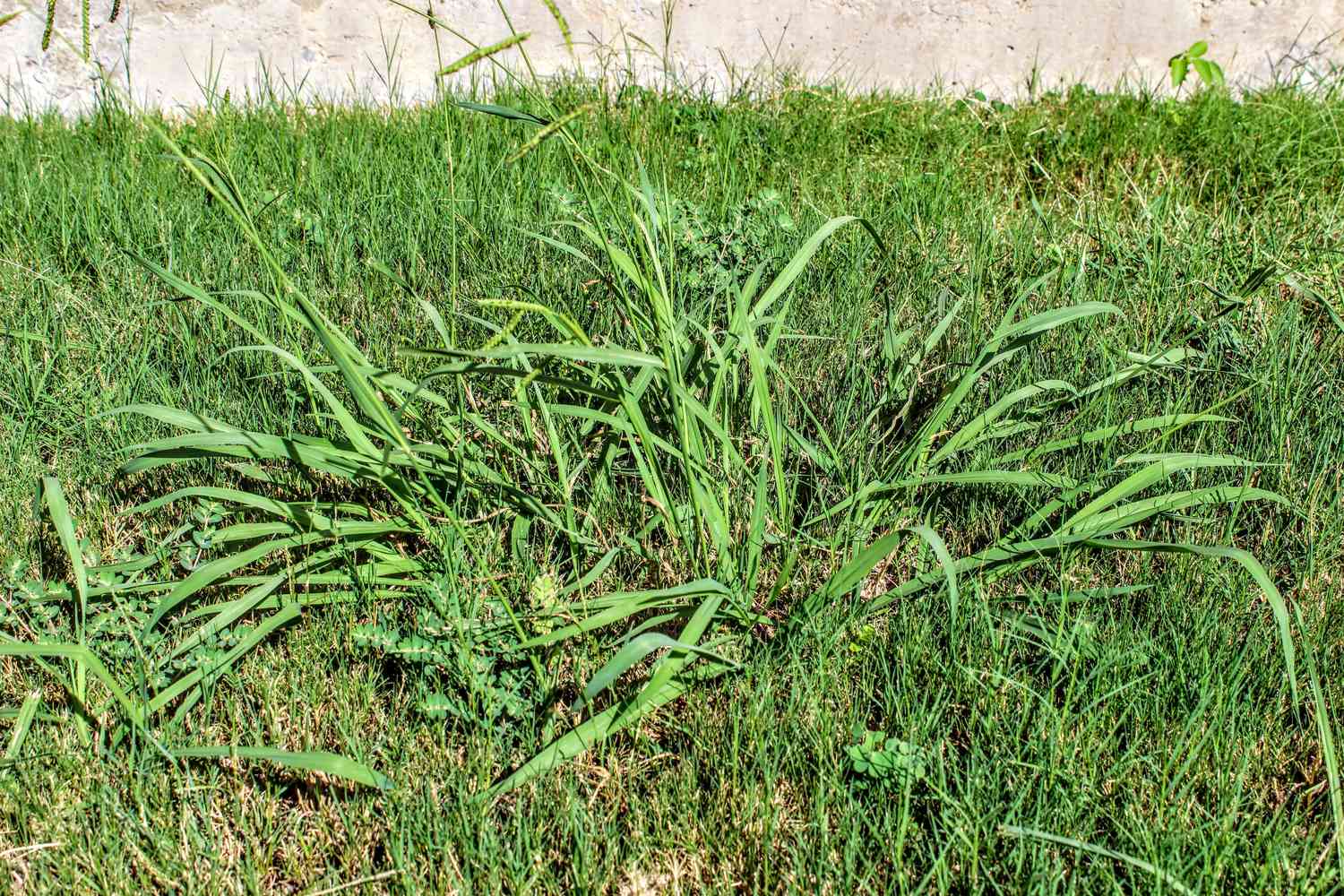Crabgrass is a persistent lawn weed that can quickly take over your yard, choking out desirable grass species and creating an unsightly landscape. Understanding how to effectively manage and eliminate crabgrass will not only enhance the appearance of your lawn but also promote the health of your grass. This guide provides a comprehensive approach to crabgrass control, from identification to removal and prevention, ensuring your lawn remains lush and vibrant.
Crabgrass (Digitaria spp.) is an annual weed that thrives in warm weather and can spread rapidly, particularly in poorly maintained lawns. It grows low to the ground and forms a dense mat, which can outcompete your grass for nutrients, water, and sunlight. The impact of crabgrass on your lawn can be significant, leading to patches of bare soil and an overall decline in lawn health.
How to Identify Crabgrass in Your Lawn
Identifying crabgrass early is crucial for effective control. Here are some visual and descriptive identification tips:
- Leaves: Crabgrass has long, narrow, and pointed leaves that are typically light green. They can grow up to 12 inches long.
- Growth Habit: It grows low to the ground and spreads horizontally, forming a dense mat.
- Flowering: Look for small, spike-like flower clusters that appear in the summer, usually around July to August.
- Texture: The plant has a coarse texture, which is different from the softness of healthy grass.
Best Time to Control Crabgrass
Timing is critical for effective crabgrass control. The best time to address crabgrass is during its growth cycle:
- Pre-emergent control should be applied in early spring before the soil temperature reaches 55°F (approximately when forsythia blooms).
- Post-emergent treatments can be applied when the crabgrass is actively growing, typically in late spring to early summer.
Step-by-Step: How to Get Rid of Crabgrass
There are several effective methods for removing crabgrass from your lawn. Choose the one that best suits your preferences and lawn care practices.
Manual Removal
- Water the area a day before removal to soften the soil.
- Use a weeding tool or hand-pull the crabgrass, ensuring you remove the entire root system.
- Dispose of the pulled weeds properly to prevent re-rooting.
Chemical Solutions
- Pre-emergent Herbicides: Products containing prodiamine or pendimethalin can prevent crabgrass seeds from germinating. Apply them in early spring.
- Post-emergent Herbicides: Use products with quinclorac or fenoxaprop-p-ethyl for existing crabgrass. Follow the manufacturer’s instructions for application rates and timing.
Natural Methods
- Vinegar: A solution of vinegar (5% acetic acid) can kill young crabgrass. Spray directly on the leaves on a sunny day.
- Boiling Water: Pouring boiling water over crabgrass can effectively kill it, but take care not to harm surrounding plants.
Preventing Future Crabgrass Infestations
Preventing crabgrass from returning is essential for maintaining a healthy lawn. Implement these lawn care practices:
- Mowing: Keep your grass at a height of 2.5 to 3 inches to shade the soil and prevent crabgrass seeds from germinating.
- Watering: Water deeply but infrequently to encourage deep root growth in your grass.
- Fertilizing: Use a balanced fertilizer to promote healthy grass growth, which can outcompete crabgrass.
- Overseeding: Regularly overseed your lawn to thicken the grass and reduce open spaces for crabgrass to take hold.
Common Mistakes to Avoid When Treating Crabgrass
Understanding common mistakes can help you achieve better results in your crabgrass control efforts:
- Applying Pre-emergent Too Late: Ensure you apply pre-emergent herbicides before the soil warms up to prevent seed germination.
- Ignoring Lawn Maintenance: Neglecting regular mowing, watering, and fertilization can create ideal conditions for crabgrass to thrive.
- Using the Wrong Herbicide: Always select herbicides specifically labeled for crabgrass; using the wrong type can damage your desired grass species.
Concrete Examples of Products or Methods
Here are some recommended products and methods for effective crabgrass control:
- Pre-emergent Herbicide: Scott’s Turf Builder Halts Crabgrass Preventer is effective when applied in early spring.
- Post-emergent Herbicide: Ortho Weed B Gon Crabgrass Control is a popular choice for treating existing crabgrass.
- Natural Method: A homemade vinegar solution can be an eco-friendly alternative for small infestations.
Conclusion
Effectively getting rid of crabgrass requires a combination of timely identification, appropriate removal methods, and consistent lawn maintenance. By following the steps outlined in this guide, you can reclaim your lawn from this invasive weed and promote the health of your grass. Remember that prevention is key; maintaining a robust lawn will significantly reduce the chances of crabgrass returning.
Featured: RealSimple

